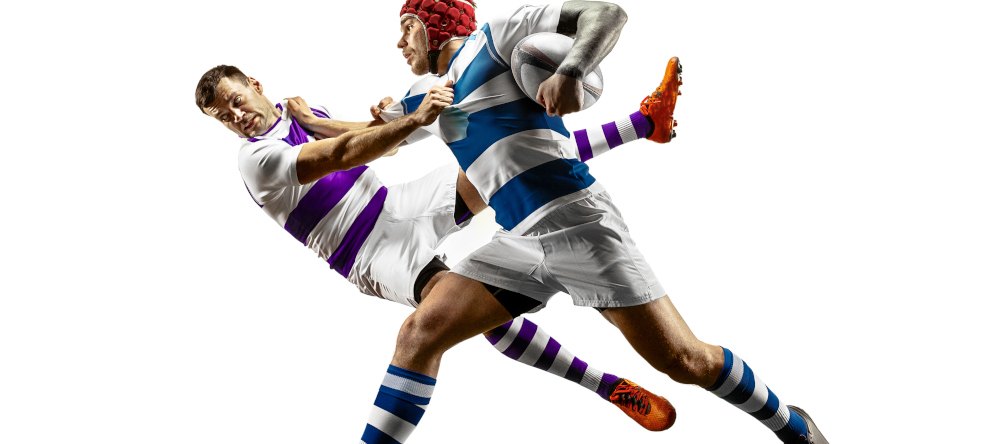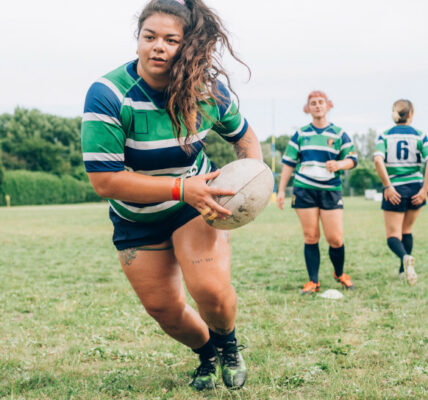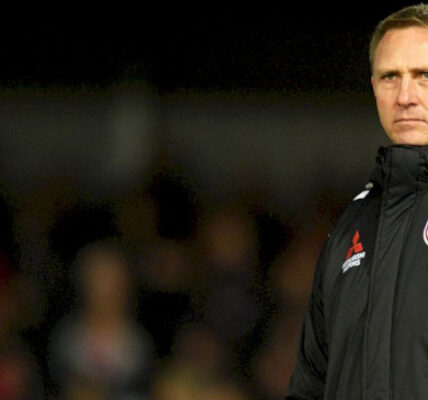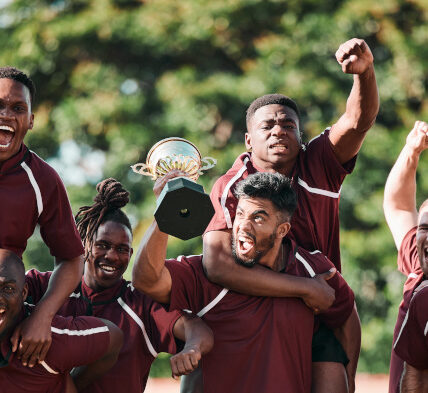There’s a sound that doesn’t make it into the highlight reels. Not the roar of a try, or the snap of boots on turf, but something quieter and altogether sharper, the moment a body gives out before the whistle blows. A pop in the knee. A rib creaking in the wrong direction. A shoulder grinding to a halt mid-tackle. In KwaZulu-Natal, where rugby is stitched into both city life and township afternoons, injury is not just an occupational hazard. It’s part of the unspoken rhythm of the game.
You don’t see it on TV. The camera follows the ball, not the player left sprawled on the grass clutching their leg. Yet behind every match, whether it’s under the lights of Kings Park Stadium or a dusty field in Umlazi, there’s a quieter, rougher reality playing out, rugby injuries that happen fast, hit hard, and linger long after the crowds go home.
Ask anyone embedded in KZN’s rugby circles, coaches, physiotherapists, even long-time fans, and they’ll tell you, this isn’t just a story about broken bones. It’s about what happens after.
A lot of players here don’t have the same access to cutting-edge sports medicine you see at the top levels. Sure, the Sharks and Springboks travel with full medical teams, but further down the chain, it’s often school-level players, semi-pros, and weekend warriors dealing with twisted ankles and dislocated shoulders with little more than ice packs and tape. And that’s where the danger lies, not just in the injury itself, but in the silence that follows it.
At a community club in Pinetown, a second-row forward limped off the field three weeks ago after a tackle went wrong. He didn’t go to hospital. The family couldn’t afford it, and he figured it was just a bruise. Two weeks later, he’s still walking with a limp, the joint swelling up every evening like clockwork. It’s a quiet epidemic, untreated injuries slowly turning into long-term disabilities.
But there’s another layer to it. The culture around rugby injuries in KZN is shaped by a kind of rugged pride. Players often push through pain because stopping feels like weakness. You’ll hear it again and again in post-match huddles, “Shake it off. One more play.” That instinct is part of what makes the sport so magnetic here, but it’s also what turns minor sprains into ruptured ligaments.
Rugby’s physical toll isn’t just physical, though. There’s an emotional weight to it as well, especially for young players chasing big dreams. A knee injury at 17 can mean the end of a shot at professional rugby before it’s even started. That kind of silent disappointment doesn’t get much airtime, but it sits heavy in places like KwaMashu and Pietermaritzburg, where rugby isn’t just a hobby, it’s seen as a way out, a potential career.
Then there are the lesser-discussed injuries, concussions. Head knocks in rugby have gained more attention globally, but in KZN’s club scene, many still go unreported. A knock to the head might just be brushed off as “getting your bell rung.” Players return to the field before they should, risking not just short-term dizziness but long-term brain trauma.
Behind the scenes, though, things are shifting. Clubs are starting to take injury management more seriously. Some KZN academies now have on-call physiotherapists, and there’s been a push from the KZN Rugby Union to improve concussion protocols, even at grassroots level.
In Durban North, for example, one academy has begun running pre-season injury prevention workshops. Players learn how to fall correctly, how to brace for tackles, how to tape up ankles to avoid the most common sprains. It’s not glamorous, but it’s necessary.
And there’s a growing recognition that support doesn’t stop with medical treatment. Mental health services are quietly being woven into some rugby programmes as well, recognising that the fear of re-injury, or the depression that can follow a sidelined season, is as real as a torn hamstring.
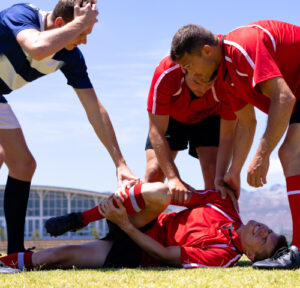 It’s a far cry from where things stood ten years ago. Back then, injured players at township clubs often disappeared altogether, dropping out of squads and vanishing from the game entirely. Now, there’s more effort being made to keep them involved, whether that’s through coaching, refereeing, or mentoring younger players while they recover.
It’s a far cry from where things stood ten years ago. Back then, injured players at township clubs often disappeared altogether, dropping out of squads and vanishing from the game entirely. Now, there’s more effort being made to keep them involved, whether that’s through coaching, refereeing, or mentoring younger players while they recover.
Still, there’s a lot of work left to do. Rugby in KZN walks a fine line between glory and danger. It’s a sport that rewards toughness, but in doing so, it sometimes leaves its wounded behind. Ask any player nursing an old injury late at night, ice pack in hand, and they’ll tell you, the hardest part isn’t the break itself. It’s knowing when to stop. Because in a place where rugby is as much identity as entertainment, pulling yourself off the field can feel like walking away from more than just a game. It can feel like leaving your place in a long, proud line of warriors.
But that’s where the real change is starting, at the cultural level. More coaches are saying it openly now, smart rugby is brave rugby. Protect your body if you want to play tomorrow. That message is filtering down through schools, clubs, and even informal township leagues.
When the whistle breaks, that moment where a match stops, and everyone holds their breath, it’s not just about restarting the game. It’s about looking after the players left behind in its wake. And in KwaZulu-Natal, that quiet shift in attitude might just be the difference between a sport that lasts and one that burns out its best too soon.
Rugby will always be tough here. That’s part of its DNA. But in the spaces between the tries and the tackles, between the headlines and the crowds, there’s a new kind of resilience taking root. One that knows the real victory isn’t just walking onto the field. It’s walking off it too.
